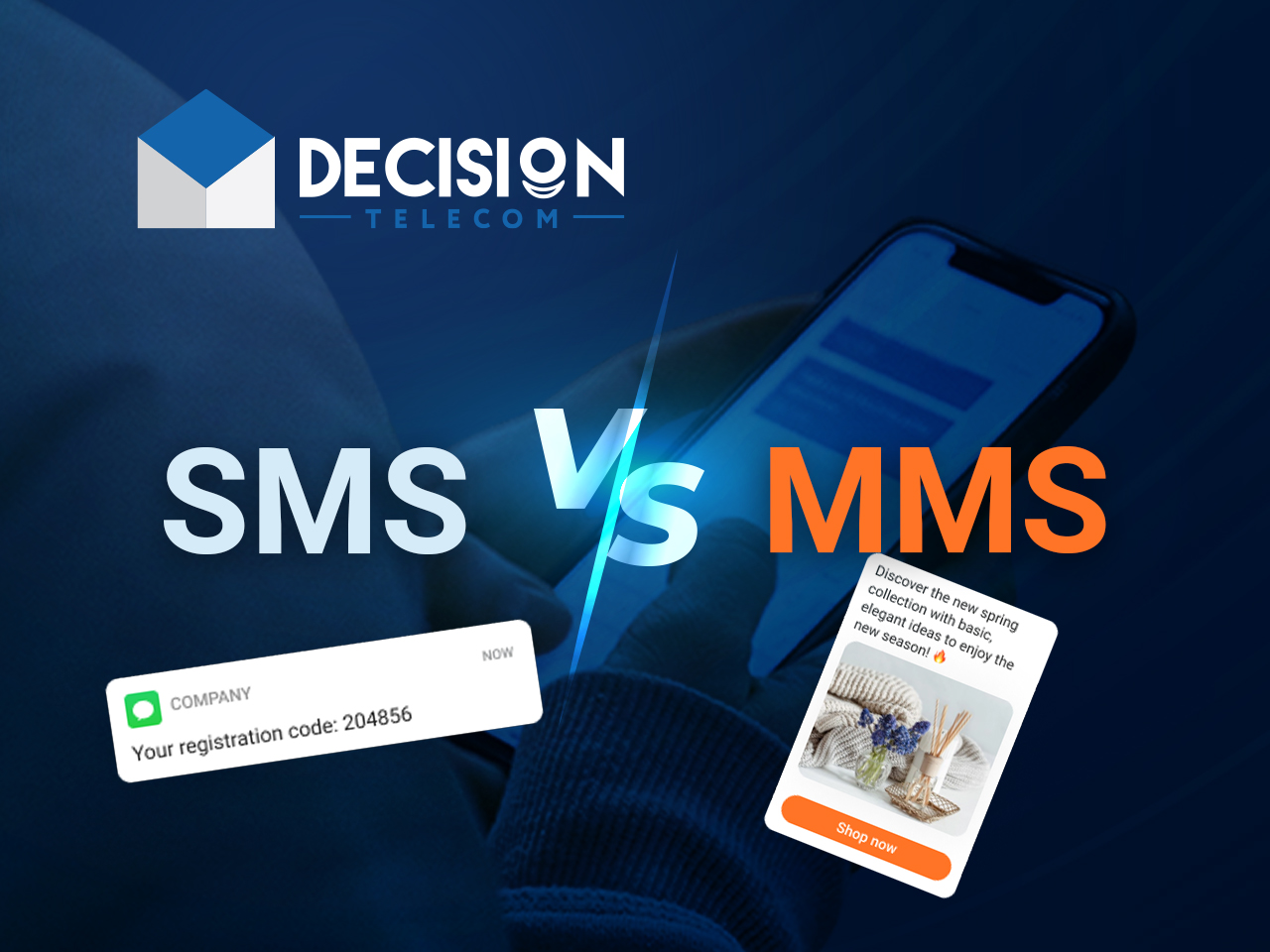MMS video has transformed the way we communicate, allowing users to share rich media content instantly. This article delves into the intricacies of MMS video, exploring its history, technical aspects, and the impact it has had on personal and professional communication. As we navigate through this topic, we will also consider the future of multimedia messaging and its relevance in our digital lives.
The advent of multimedia messaging services (MMS) marked a significant leap from traditional text messaging (SMS), enabling users to send videos, images, and audio clips. As smartphones became ubiquitous, the capability to share video content through MMS has become increasingly vital. This article will provide a comprehensive overview of MMS video, examining its features, advantages, and how it has changed the landscape of digital communication.
In this detailed guide, we will cover various aspects of MMS video, including its technical specifications, usage trends, and the challenges it faces in an ever-evolving digital environment. By the end of this article, readers will have a clearer understanding of how MMS video functions and its role in modern communication.
Table of Contents
- 1. History of MMS Video
- 2. Technical Specifications of MMS Video
- 3. Advantages of Using MMS Video
- 4. Usage Trends of MMS Video
- 5. Challenges Facing MMS Video
- 6. The Future of MMS Video
- 7. Biography of MMS Technology
- 8. Conclusion
1. History of MMS Video
The journey of MMS video began in the early 2000s, coinciding with the rise of mobile phones equipped with cameras and the need for richer communication. Initially, MMS was introduced as a way to send images and audio messages, but it quickly evolved to include video capabilities.
In 2002, the first commercial MMS service was launched, enabling users to send multimedia messages across different networks. This service was a game-changer, as it provided a means to communicate beyond text, making conversations more engaging and personal.
As technology advanced, so did the features of MMS video, leading to higher resolutions, larger file sizes, and improved compatibility with various devices. This evolution has played a significant role in the widespread adoption of multimedia messaging worldwide.
2. Technical Specifications of MMS Video
MMS video operates on specific technical standards that facilitate the sending and receiving of multimedia content. Below are some of the key specifications:
- File Formats: Common formats for MMS video include MP4, 3GP, and AVI.
- Maximum File Size: The maximum file size for MMS can vary by carrier, typically ranging from 300 KB to 1 MB.
- Video Length: MMS videos are usually limited to 30 seconds to 1 minute, depending on the service provider.
- Network Requirements: MMS requires a mobile data connection or Wi-Fi for transmission.
Understanding these specifications is crucial for both users and developers, as they determine the quality and compatibility of multimedia content shared through MMS.
3. Advantages of Using MMS Video
MMS video offers several advantages that enhance communication experiences:
- Rich Media Experience: The ability to send video messages creates a more engaging communication experience.
- Instant Sharing: MMS allows users to share moments in real-time, making it ideal for personal and professional use.
- Increased Emotional Connection: Video messages can convey emotions more effectively than text alone, fostering deeper connections.
- Accessibility: Most mobile devices support MMS, making it widely accessible for users across different platforms.
4. Usage Trends of MMS Video
As smartphones continue to dominate the market, the usage of MMS video has seen significant growth. Key trends include:
- Social Media Integration: Many social media platforms now incorporate MMS-like features, allowing users to share videos with their networks.
- Business Communication: Companies are utilizing MMS video for marketing campaigns, customer engagement, and internal communications.
- Younger Demographics: Younger generations are increasingly using MMS video to communicate, often preferring video over traditional text messaging.
5. Challenges Facing MMS Video
Despite its advantages, MMS video faces several challenges:
- Data Limitations: File size restrictions can hinder the quality and length of videos shared through MMS.
- Compatibility Issues: Not all devices and networks support the same MMS standards, leading to potential delivery issues.
- Competition from Instant Messaging Apps: Apps like WhatsApp and Facebook Messenger offer more features and flexibility compared to traditional MMS services.
6. The Future of MMS Video
The future of MMS video looks promising as technology continues to advance. Potential developments include:
- Higher Quality Video: As network speeds increase, we can expect to see improvements in video quality and size limits.
- Integration with AI: Artificial intelligence could enhance how MMS video is created and shared, making it more personalized.
- Expansion in Business Use: Businesses may increasingly adopt MMS video for marketing and customer service, recognizing its effectiveness in communication.
7. Biography of MMS Technology
MMS technology has evolved over the years to meet the demands of users. Below is a brief biography of its development:
| Year | Event |
|---|---|
| 2002 | Launch of the first commercial MMS service. |
| 2004 | Introduction of video messaging capabilities. |
| 2010 | Widespread adoption of smartphones with advanced multimedia features. |
| 2020 | Integration of MMS with social media and instant messaging platforms. |
8. Conclusion
In conclusion, MMS video has revolutionized the way we share and communicate, offering a rich media experience that transcends traditional texting. With its technical specifications, advantages, and usage trends, it is clear that MMS video continues to play a significant role in modern communication.
As technology evolves, it is essential for users to stay informed about the capabilities and limitations of MMS video. We encourage readers to share their thoughts on this topic in the comments below or to explore other articles on our site for more insights into digital communication.
We hope you found this article informative and engaging! Stay tuned for more content that dives deep into the ever-changing world of technology and communication.

/what-is-sms-mms-iphone-2000247-Final-5c38a50846e0fb0001673a66.png)


